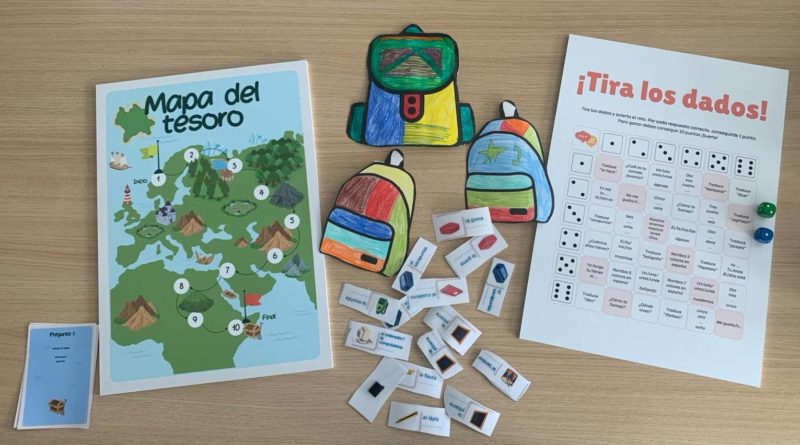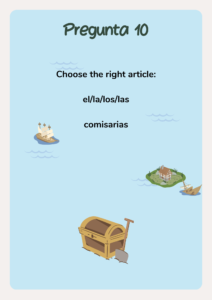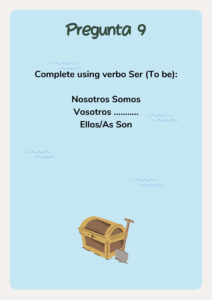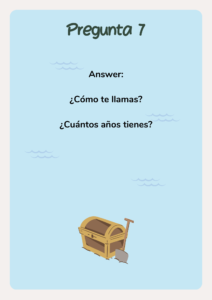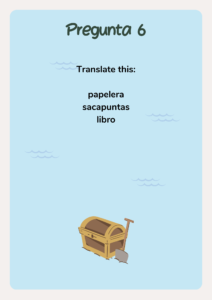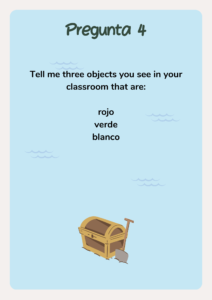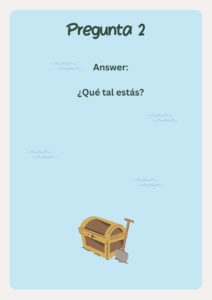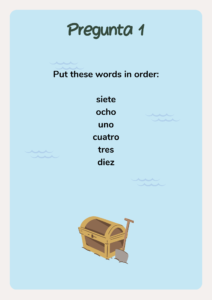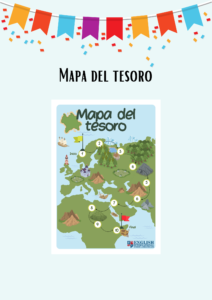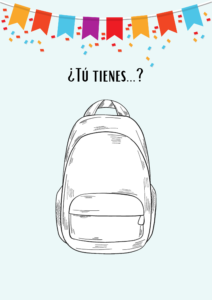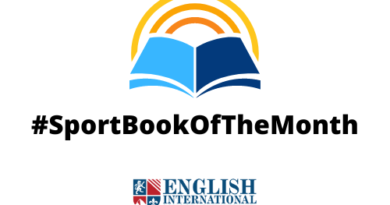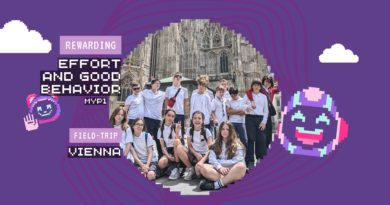Learning by playing and designing: How PYP Spanish students have approach this challenge
In the realm of language acquisition, fostering engagement and enthusiasm among students is paramount to achieving proficiency. Recognizing this, a diverse group of Spanish Primary Years Programme (PYP) students embarked on a creative project aimed at improve their language skills in an innovative way. Through the creation of board games, the Spanish students cultivated a spirit of collaboration and exploration across different age groups.
Embracing the challenge of transforming language learning into a captivating adventure, students infused their games with elements of enjoyment, motivation, and intellectual stimulation. Each game was meticulously crafted to cater to diverse learning styles and proficiency levels, fostering inclusivity and accessibility.

Meanwhile, Year 6 students undertook the challenge of designing “Tira los Dados” (Roll the Dice), incorporating elements of chance and strategy to overcome linguistic obstacles. The game involves earning points through correctly answering questions. To do this, players must first roll the first die, whose result will refer to the row, and then roll the second die, which will refer to the column. The results of both dice will indicate which square you have obtained and, consequently, the question you have to answer. If the answer is correct, the player will earn a point. If the answer is incorrect, the player simply won’t earn any points. The player who reaches 10 points first wins. “Tira los Dados” is a game that can be played in teams or individually and is recommended for a maximum of 5 players/teams.
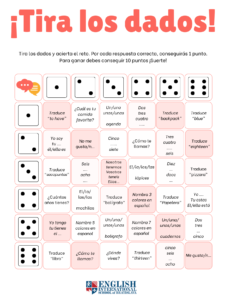
To showcase their achievements and share their progress in language learning, the students presented this project to the community of EISB during the Exhibition Day 2023/24. This event provided a platform for students to demonstrate their creativity, linguistic skills, and collaborative efforts, highlighting the meaningful integration of language acquisition into their educational journey.

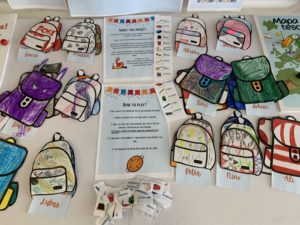
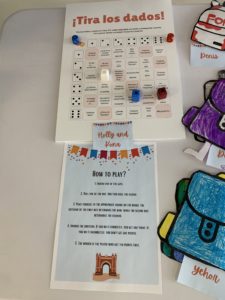

But the contribution of the PYP Spanish Language Acquisition students to the EISB community doesn’t end there. Through the pictures provided below, you can download the games by clicking on them to play while you learn Spanish.
In essence, the journey of crafting Spanish board games represented the transformative power of hands-on, experiential learning. It underscored the notion that language acquisition is not merely about memorization and rote practice but about immersion, exploration, and the cultivation of a genuine passion for communication. As the dice rolled, the treasure maps unfolded, and the backpacks were unpacked, students embarked on an adventure of discovery, where every move brought them closer to mastering the Spanish language. ¡Vamos a jugar!

